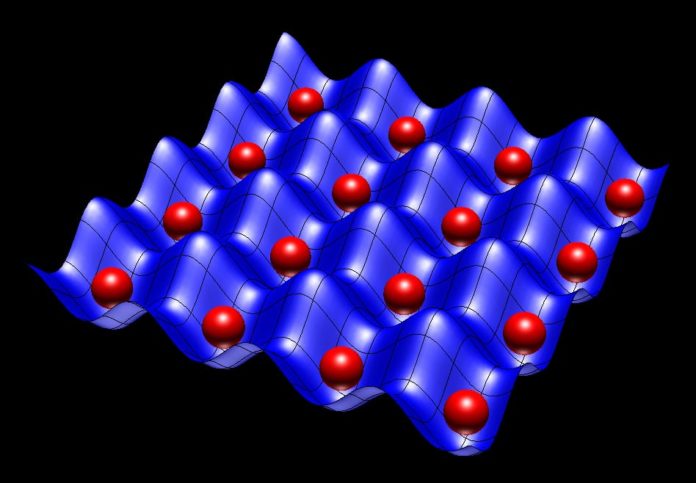A Rice University scientist along with his colleagues, have developed a new method to quicken and rearrange the monumental assignment of diagnosing quantum computers. This non-conventional method acts as a diagnostic tool for powerful, next-generation computers that depend on the spooky actions of quantum bits or qubits.
The method mainly focuses on quantum state tomography, a process inspired by medical tomography in which images of a body are captured in slices that are later reassembled into a three-dimensional map.
Anastasios Kyrillidis, an assistant professor of computer science, who led the development said, “Like any new hardware, quantum computer systems are prone to bugs that need to be squashed. That takes continuous testing to validate their capabilities. The sheer complexity of quantum computers that do exponentially more with every bit requires an immense amount of validation.”
“When a quantum computer executes an algorithm, it starts at a specific state; think of it as the input to the algorithm. As the computer progresses through steps of the algorithm, it’s going through many states. The state at the very end is the answer to your algorithm’s question.”
“By reassembling the full statement from these measurements, one can later pinpoint hardware or software errors that may have caused the computer to deliver unexpected results.”
“That takes a lot of measurements, and the computational cost of reconstruction can be high, even for classical computers. Tomography-based analysis of quantum computers with even as few as five or six qubits would be prohibitive without somehow simplifying the task – and state-of-the-art machines have 50 qubits or more.”
Qubits are the fundamental units of data in a quantum computer. Like a bit in an established computer, each qubit can represent either 1 or 0. Not at all like a bit, a qubit can likewise represent to 1 and 0 all the while, a state considered superposition that exponentially raises the number of estimations a variety of qubits can perform on the double. To make it additionally intriguing, the condition of the qubit as controlled by magnetic polarization or electron spin when it’s measured.
He said, “In a system with five qubits, the state can be represented by 2-to-the-5 times 2-to-the-5 matrix, so it’s a 32-by-32 matrix. That’s not big. But in a 20-qubit system like the one at IBM, the state can be characterized by a million-by-million matrix. If we were taking full measurements with regular tomography techniques, we would need to poll the system roughly a million-squared times in order to get enough information to recover its state.”
Scientists solved this variation problem with an algorithm they call Projected Factored Gradient Decent (ProjFGD). It exploits compacted detecting, a technique that limits the measure of approaching information while as yet guaranteeing precise outcomes. This method could reduce the number of measurements for a 20-qubit system to a mere million or so.
Kyrillidis said, “The quantum state tomography tool is generic, and has more to do with the nature of the qubit rather than the specific architecture. As quantum computers get more powerful, it can definitely be scaled up to certify systems.”
The research is published in the journal Nature.
